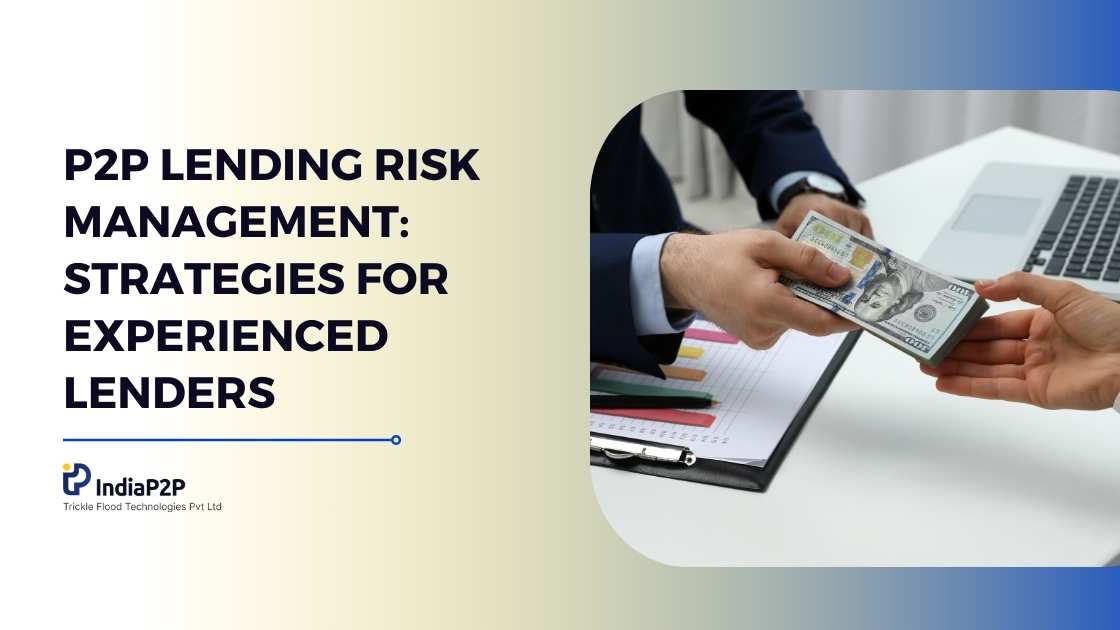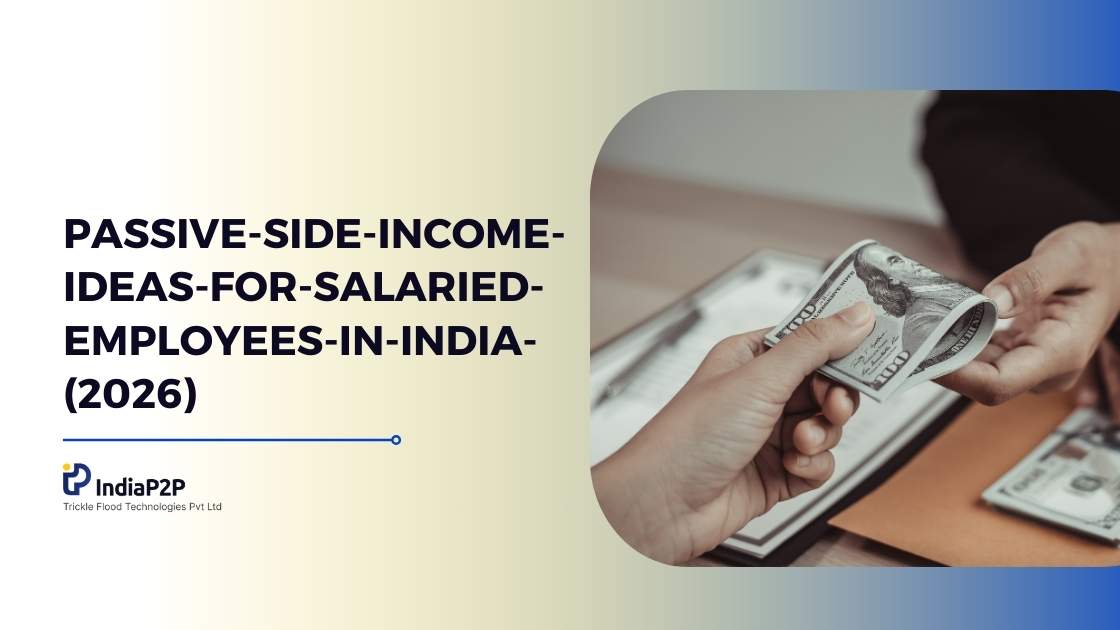Guide to Building an Emergency Fund (Liquidity Focus)

Life is a journey full of unexpected twists and turns. While some of the surprises are nice, some are not. While we all aspire for happy surprises, it's also crucial to be prepared for the unexpected, particularly when it comes to your financial well-being. Unexpected circumstances can send people and households into a downward spiral of debt if you are unprepared.
One simple way to do so is to set aside a little sum of money for emergencies. Using our emergency fund, we will be able to deal with any unexpected income or spending shocks, such as job loss, medical problems, home/car repairs, and so on.
Liquidity is essential for surviving any income or expense shocks, because it allows us to buy enough time to recover. As a result, establishing an emergency cash reserve is an important step on the road to financial security.
What will you find in this guide?
- What is an emergency fund?
- Why does one need to build an emergency fund?
- How much of an emergency fund should you build?
- How can you build this emergency fund?
- When should you use this fund?
- Where to Keep Your Emergency Money
What is an emergency fund?
An emergency fund is a financial safety net that individuals or households set aside to cover unexpected expenses or financial emergencies. It's typically held in a readily accessible account such as a savings account or a money market fund. The purpose of an emergency fund is to provide a cushion against unexpected events such as medical emergencies, car repairs, job loss, or any other unforeseen circumstances that may disrupt your regular income or budget.
The general rule of thumb is to save enough in your emergency fund to cover three to six months' worth of living expenses. However, the exact amount you should save depends on various factors such as your income, expenses, job stability, and financial obligations. Having an emergency fund helps reduce the need to rely on high-interest debt or liquidate long-term investments when unexpected expenses arise, thus providing financial stability and peace of mind.
Why does one need to build an emergency fund?
There are several reasons why you should build an emergency fund. Some of these reasons are:
⦿ Financial Stability
An emergency fund provides a safety net that can help you weather unexpected financial challenges without derailing your overall financial stability. It can cover essential expenses such as rent or EMI payments, utilities, groceries, and medical bills during emergencies like job loss, illness, or unexpected expenses.
⦿ Avoiding Debt
Without an emergency fund, people often resort to borrowing money to cover unexpected expenses. This can lead to high-interest debt, which can become a financial burden and hinder long-term financial goals. Having an emergency fund allows you to avoid accumulating debt during emergencies.
⦿ Peace of Mind
Knowing that you have money set aside for emergencies can reduce stress and anxiety about unforeseen financial challenges. Having a financial buffer in place can provide peace of mind and allow you to focus on other aspects of your life without constantly worrying about financial emergencies.
⦿ Flexibility (Purpose of an emergency fund)
An emergency fund provides financial flexibility by giving you the ability to handle unexpected expenses or income disruptions without having to make drastic changes to your lifestyle or financial plans. It allows you to maintain your financial independence and make informed decisions during difficult times.
⦿ Protection Against Economic Downturns
Economic downturns, job losses, or recessions can impact individuals and families unexpectedly. The purpose of an emergency fund is to serve as a buffer against such events, providing financial support until you can secure a new job or adjust to changes in your financial situation.
Overall, building an emergency fund is a fundamental aspect of personal finance management, providing financial security, stability, and peace of mind in the face of uncertainty.
How much emergency fund should you build?
The ideal amount for an emergency fund varies based on individual circumstances, including your monthly expenses, income stability, and personal risk tolerance. However, a commonly recommended guideline is to save enough to cover three to six months' worth of living expenses.
To determine the appropriate amount for your emergency fund, follow these steps:
⦿ Calculate Your Monthly Expenses
To determine how much emergency fund you should aim for, you should add up all your essential monthly expenses, including rent or EMI, utilities, groceries, transportation, insurance premiums, and any other necessary expenses.
⦿ Assess Your Income Stability
Consider the stability of your income source(s). If you have a stable job with a consistent income, saving three months' worth of expenses might be sufficient. However, if your income is variable or you work in an industry prone to layoffs, you may want to aim for a larger emergency fund, such as six months' worth of expenses.
⦿ Evaluate Your Risk Factors to know how much emergency fund is ideal for you
Take into account any factors that could increase your likelihood of experiencing financial emergencies, such as health issues, dependents, or job volatility. Adjust your emergency fund target accordingly to provide a greater buffer.
⦿ Set Your Savings Goal
Multiply your monthly expenses by the number of months' worth of expenses you aim to save for. This will give you your target emergency fund amount. You can also choose different investment plans that will help you generate a stable passive income.
⦿ Start Saving
Make a plan to consistently set aside money until you reach your emergency fund goal. You can automate savings contributions or allocate a portion of your income specifically for building your emergency fund.
Remember that the goal of an emergency fund is to provide a financial safety net during unexpected events, so it's essential to regularly reassess your savings goals and adjust them as needed based on changes in your financial situation and life circumstances.
How can you build this emergency fund?
Building an emergency fund requires discipline, consistency, and a strategic approach. Here are steps to help you build your emergency fund:
⦿ Set a Savings Goal: Determine the target amount you want to save for your emergency fund based on your monthly expenses and financial situation.
⦿ Create a Budget: Review your income and expenses to identify areas where you can cut back or reallocate funds toward savings. Create a realistic budget that allows you to prioritize saving for your emergency fund while still covering essential expenses and debt payments.
⦿ Automate Savings: Set up automatic transfers from your current account to a designated savings account specifically for your emergency fund. Treat these savings contributions as non-negotiable expenses, just like paying bills.
⦿ Cut Expenses: Look for opportunities to reduce discretionary spending and trim unnecessary expenses. This might involve dining out less frequently, cancelling unused subscriptions or memberships, or finding more affordable alternatives for everyday purchases.
⦿ Increase Income: Explore ways to increase your income, such as taking on a part-time job, freelancing, or selling items you no longer need. Use the additional income to accelerate your emergency fund savings.
⦿ Windfalls and Bonuses: Allocate unexpected windfalls, such as tax refunds, work bonuses, or gifts, toward your emergency fund rather than spending them impulsively. This can help boost your savings progress significantly.
⦿ Stay Consistent: Make saving for your emergency fund a priority, even when faced with competing financial goals or temptations to spend impulsively. Stick to your savings plan and remain committed to building your financial safety net over time.
⦿ Track Your Progress: Regularly monitor your emergency fund balance and track your savings progress. Celebrate milestones along the way to stay motivated and reinforce positive financial habits.
⦿ Reassess and Adjust: Periodically review your emergency fund savings goal and make adjustments as needed based on changes in your financial situation, expenses, or income. Aim to maintain an adequate buffer to protect against unforeseen emergencies.
By following these steps and staying committed to your savings plan, you can steadily build an emergency fund that provides financial security and peace of mind.
When should you use this fund?
You should use your emergency fund only for genuine emergencies or unexpected expenses that cannot be covered by your regular income or other resources. Spending your emergency fund on a Goa holiday with friends simply does not cut it. Here are some situations when it's appropriate to tap into your emergency fund:
⦿ Job Loss: If you or your spouse lose your job unexpectedly and do not have sufficient income to cover your living expenses, you can use your emergency fund to cover essential costs such as rent or EMI payments, utilities, groceries, and insurance premiums.
⦿ Medical Emergencies: If you or a family member experiences a sudden illness or injury that requires medical treatment not fully covered by insurance, you can use your emergency fund to cover medical expenses, including deductibles, copayments, and prescription medications.
⦿ Car Repairs: If your vehicle breaks down unexpectedly and requires costly repairs to remain operational, you can use your emergency fund to cover repair expenses and transportation alternatives while your car is out of commission.
⦿ Home Repairs: If your home experiences damage from natural disasters, accidents, or wear and tear that requires immediate repairs to ensure safety or prevent further damage, you can use your emergency fund to cover repair costs.
⦿ Unexpected Travel: If you need to travel on short notice due to a family emergency, funeral, or other unforeseen circumstances, you can use your emergency fund to cover travel expenses, including transportation, lodging, and meals.
⦿ Legal Fees: If you encounter unexpected legal expenses, such as hiring an attorney for legal representation or dealing with a lawsuit, you can use your emergency fund to cover legal fees and related costs.
⦿ Loss of Income: If you experience a temporary reduction in income due to factors such as a reduction in work hours, furlough, or temporary disability, you can use your emergency fund to supplement your income until you can secure alternative sources of income.
Where to Keep Your Emergency Money
An emergency fund must be liquid and safe. While a standard savings account is highly liquid, its returns are negligible. Consider placing a portion in highly liquid instruments like high-quality Liquid Mutual Funds or even using P2P's T+1 Rule for funds designated for withdrawal within a few weeks, balancing safety with minimal return growth.
It's important to distinguish between genuine emergencies and non-urgent expenses or discretionary purchases.
Avoid using your emergency fund for expenses that can be planned or budgeted for in advance, such as vacations, home renovations, or non-essential purchases.
By reserving your emergency fund for true emergencies, you can maintain its effectiveness as a financial safety net to protect against unforeseen events and maintain your financial stability over the long term.




